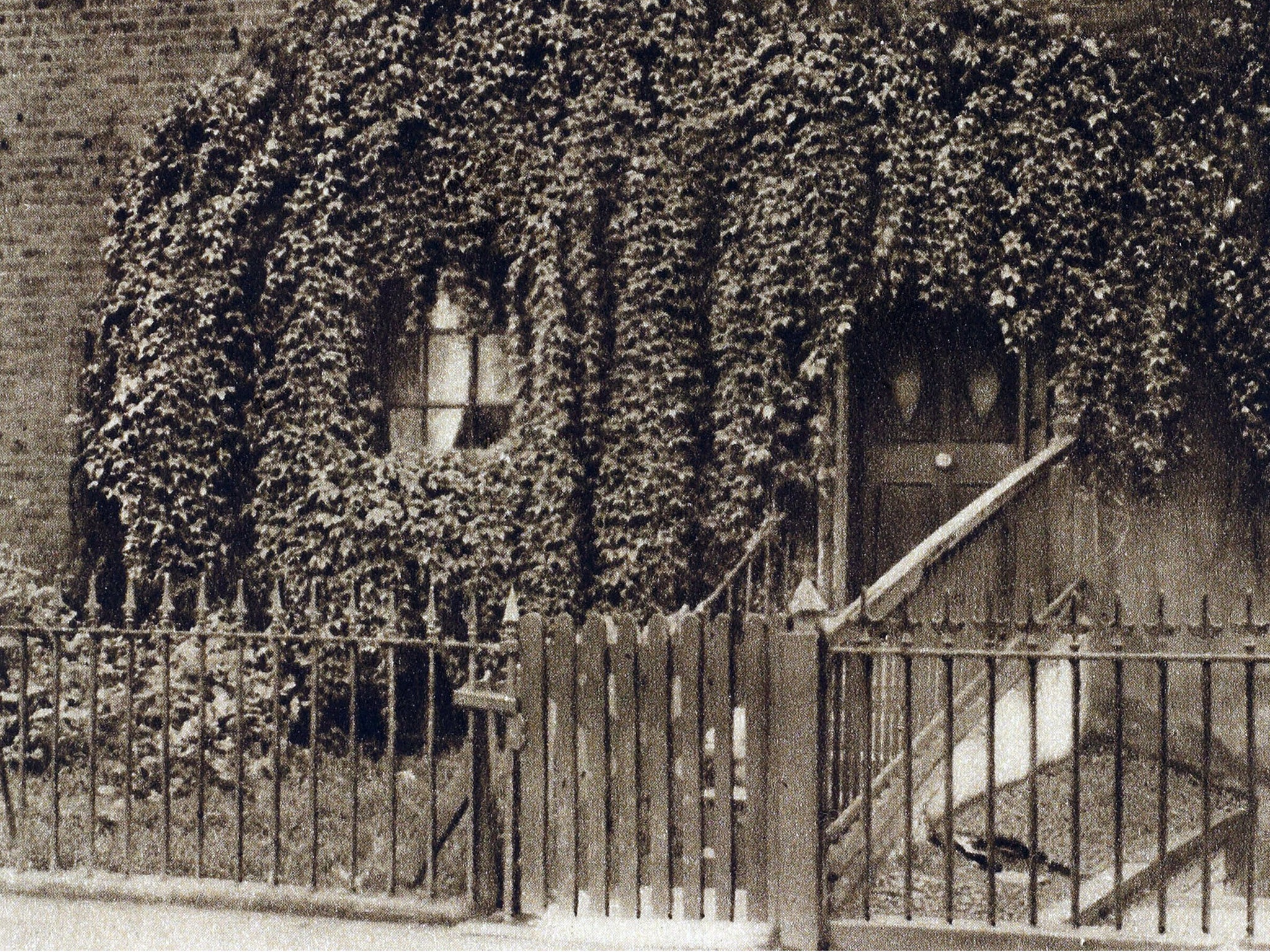William Blake: Ashmolean Museum recreates the studio of Albion’s strangest genius
Oxford museum rebuilds the famed poet, artist and composer's workspace

Art lovers will this year be able to step back in time and into the studio of William Blake, and get a glimpse of the working process of the artist described as “Albion’s strangest genius”.
The Ashmolean Museum in Oxford is to recreate the artist and writer’s studio at No.13 Hercules Building, Hercules Road in Lambeth, which was knocked down after being ravaged by fire in 1918.
Experts have been able to recreate the space exactly after the chance discovery of ground floor plans in the Guildhall Library, as well as descriptions of visits to the studio by his contemporaries.
Michael Phillips, a guest curator, hopes to provide an insight into “the working environment of one of Britain’s most original and influential artists”.
The recreated studio will include a wooden roller press – Blake was one of the last to use the equipment developed in the Renaissance – and facsimiles of Blake’s etching plates and Mr Phillips, himself a printer, will demonstrate the techniques.
“From the plans and descriptions we know exactly where the equipment and furniture was, and exactly where the workbench and fireplace was,” Ashmolean curator Colin Harrison said.
“You’ll get a sense of how confined the space was and how physically difficult it was,” he said. “Blake was a genius and mad in his lifetime. He was mostly incomprehensible to us afterwards but he was a human being. To see how he worked and developed as an artist and poet is something that will help people understand him.”
The works on display at that exhibition include illuminated books such as The Songs of Innocence and of Experience, The Marriage of Heaven and Hell and Europe a Prophecy which were made in the studio.
It will be at the heart of the Ashmolean show William Blake: Apprentice & Master which opens in December and “traces how Blake himself developed from apprentice to master, poet to artist-printmaker, and then how he inspired a new generation of visionary artists”.
Blake was born in Soho in 1757, the third of seven children, and showed artistic promise from a young age. He studied under engraver James Basire as an apprentice and established himself by 1789; the exhibition will explore how he developed his technique.
Philip Pullman, president of the Blake Society, who dubbed him “Albion’s strangest genius”, continued: “William Blake was a complete original: his power, his tenderness, his wit, his graphic line are like no-one else’s.”
He added: “It’s good to remind people every so often about his colossal imagination and his moral vision, which are just as potent now after two hundred years as they were when he brought them into the world.”
Alexander Sturgis, who took over as director of the Ashmolean earlier this year, revealed that an anonymous donor had made a “seven-figure” donation to the museum and announced plans to raise an endowment of £50m.
So far it has received donations of £9m and hopes that such a fund would raise £2m annually, a fifth of its operating budget and secure the future of the museum, which opened in 1683.
This comes as the museum experienced the most ever visitor numbers to one of its exhibitions, Cezanne and the Modern, which opened in March and ran for just over three months.
Join our commenting forum
Join thought-provoking conversations, follow other Independent readers and see their replies
Comments